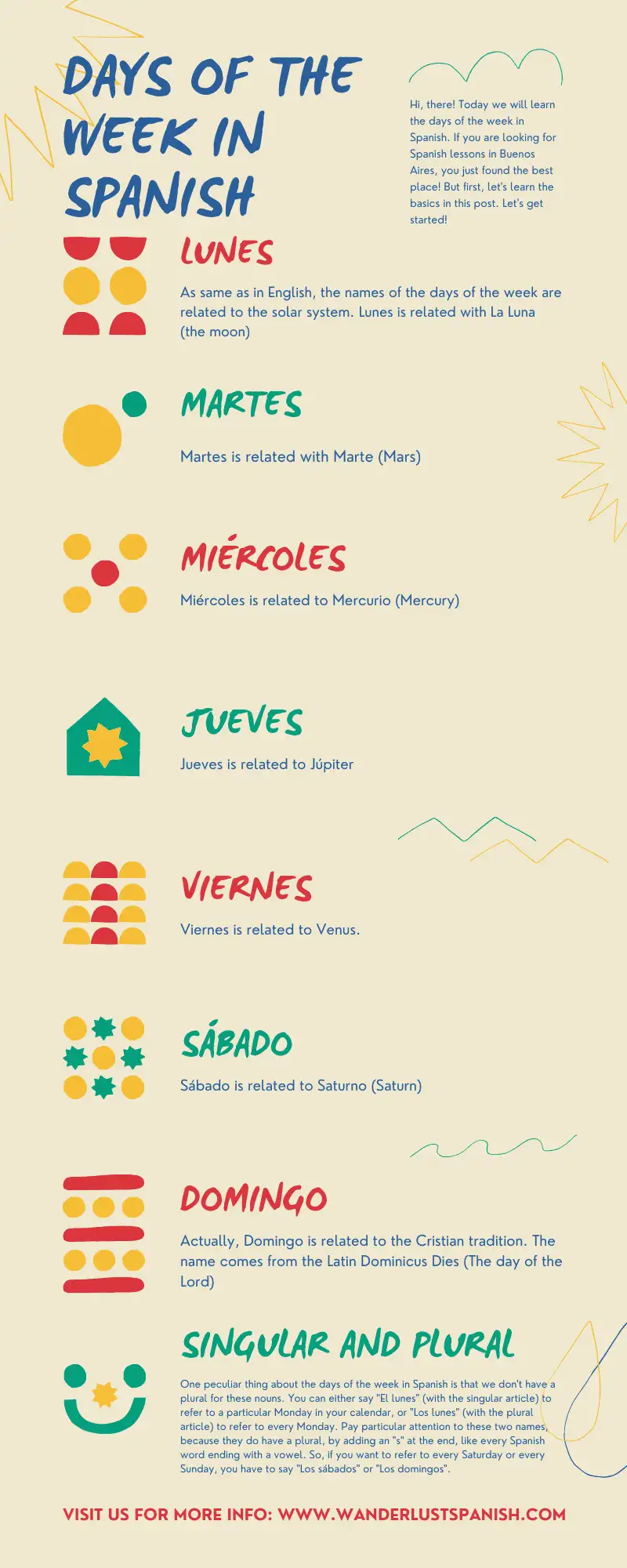Contents
Argentine cuisine is a dynamic fusion of various cultural influences, with Italian immigration playing a defining role. Through Italian-inspired dishes like pasta, pizza, and milanesa, Italy’s culinary footprint is deeply woven into Argentina’s daily life. In this blog, we’ll delve into the roots of Italian immigration and explore how these culinary traditions became staples in Argentine cuisine.
The roots of Italian immigration in Argentina
In the late 19th and early 20th centuries, Argentina was a land of opportunity for many Italians facing economic hardship in Europe. The Argentine government promoted immigration by offering jobs in agriculture and public works, attracting a large wave of immigrants. Between 1870 and 1960, approximately 2.5 million Italians migrated to Argentina, coming primarily from regions like Liguria, Sicily, and Calabria. Italian immigrants not only brought their labor and cultural traditions but also their recipes and love for cooking.
Italian customs blended seamlessly with Argentine traditions, creating a unique mix that continues to define Argentine culture today. Roughly 60% of Argentines claim some Italian heritage, making it one of the largest Italian diasporas in the world. This influence is reflected in Argentina’s language, traditions, and, notably, its cuisine.
Pasta as a staple in Argentine cuisine
Italian immigrants introduced pasta to Argentina, transforming it into a cultural symbol. Pasta dishes like tallarines (fettuccine), ravioles (ravioli), and ñoquis (gnocchi) became Sunday staples in Argentine households. One beloved tradition is Ñoquis del 29, celebrated on the 29th of each month, where families prepare and eat gnocchi, believed to bring good luck when placing money under the plate. This tradition has its roots in Italian folklore and has become a cherished Argentine custom.
Argentine pasta dishes have also developed their own local flavors. Unlike Italian pasta, which might be served with a light sauce, Argentine versions are more robust, often featuring estofado (a slow-cooked beef stew) or salsa fileto, a garlic-infused tomato sauce. These adaptations reflect the Argentine love for hearty meals and local ingredients, giving Italian classics a uniquely Argentine twist.
Pizza in Argentine cuisine: from Naples to Buenos Aires
While Naples is known for its thin-crust pizza, the Argentine adaptation takes on a thicker crust and an abundance of toppings. Traditional Argentine pizza, often referred to as muzzarella, includes generous amounts of mozzarella cheese, olives, and sometimes unusual toppings like hard-boiled eggs. The Argentine version of pizza showcases the blend of Italian flavors with Argentine preferences, making it richer and more filling.
One unique creation in Argentine pizza culture is fugazzeta, a thick, cheese-stuffed pizza topped with caramelized onions. This version, originally crafted in Buenos Aires, has become a popular street food across the country. Another Argentine twist is eating pizza alongside fainá, a thin chickpea-based flatbread often layered on top of a pizza slice. This combination exemplifies the blend of Italian culinary practices with local tastes, which have led to the creation of an entirely new pizza culture in Argentina.
Milanesa: an Italian classic in Argentine cuisine
Milanesa, the Argentine adaptation of Italy’s cotoletta alla milanese, has become a beloved dish across Argentina. Traditionally made by breading and frying beef or chicken, milanesa is a hearty meal served with sides like mashed potatoes or salad. This dish has become a fixture in Argentine home cooking as well as in restaurants, where you’ll find many variations, including chicken and pork milanesas.
A distinctly Argentine adaptation is milanesa a la napolitana, which includes tomato sauce, ham, and melted cheese on top of the breaded meat, resembling the Italian parmigiana. This version was supposedly created by an Italian chef in Buenos Aires during the 1940s, who adapted the dish using ingredients readily available in Argentina. Milanesa has since become a staple of Argentine cuisine, embodying the influence of Italian tradition fused with local flavors.
Gelato in Argentine cuisine: the art of heladerías
Italian immigrants also popularized gelato, leading to the establishment of heladerías across Argentina. In Buenos Aires, gelato is served in traditional Italian flavors such as stracciatella, nocciola (hazelnut), and pistachio, alongside uniquely Argentine flavors like dulce de leche. This caramel-like dessert, made by slowly heating sweetened milk, has become a national favorite and a defining flavor in Argentine gelato shops.
Many heladerías use traditional Italian methods to produce gelato, resulting in a creamier texture than other types of ice cream. This Italian-inspired love for gelato has made it a part of Argentine identity, especially on warm summer evenings when locals flock to their neighborhood heladerías. Gelato shops remain popular gathering spots for families, couples, and friends, celebrating the Italian legacy within Argentine cuisine.
Italian winemaking traditions in Argentine cuisine
In addition to food, Italian immigrants significantly contributed to Argentina’s wine industry. Italian winemakers brought knowledge and grape varieties that flourished in Argentina’s climate, particularly in regions like Mendoza, which became Argentina’s wine capital. Italian varietals like Bonarda are grown alongside Malbec, blending Italian expertise with Argentina’s terroir.
The Italian influence in winemaking also extended to wine-drinking traditions, such as pairing wines with specific meals and introducing the aperitivo culture of pre-dinner drinks. Italian immigrants brought an appreciation for wine that aligned well with Argentine customs, contributing to Argentina’s growing reputation as a top wine producer and adding depth to Argentine cuisine and dining culture.
Café culture in Argentine cuisine: where Italian and Argentine traditions meet
Italian immigrants also introduced café culture, which has flourished in cities like Buenos Aires. The city’s cafés echo the Old World charm of Italian coffee houses, serving espresso, cortado (espresso with a touch of milk), and medialunas (croissants) as staple orders. These cafés remain popular meeting spots for Argentines, where friends and family gather for a social break, a characteristic aspect of both Italian and Argentine lifestyles.
Another Italian-Argentine tradition is the aperitivo, a pre-dinner drink typically enjoyed with light snacks. Although vermouth and fernet are uniquely popular in Argentina, they are enjoyed in a similar way to Italian aperitifs, highlighting the cultural fusion. This café culture, introduced by Italian immigrants, is an example of how Italian dining traditions have influenced daily Argentine life.
Modern Argentine cuisine: a harmonious blend of influences
Today, Italian culinary traditions are woven into the fabric of Argentine cuisine. In addition to traditional Argentine dishes like asado, Italian staples such as pasta, pizza, and gelato are enjoyed across the country. Italian-Argentine recipes and traditions—such as the iconic Sunday pasta dinner or the monthly Ñoquis del 29—are celebrated, bringing Italian customs into Argentine homes and communities.
Argentine chefs continue to experiment with Italian recipes, combining them with native ingredients to create innovative dishes that respect both Italian heritage and Argentine culture. The Italian influence has become inseparable from Argentine cuisine, blending the best of both worlds in everyday meals and culinary celebrations.
Conclusion: a delicious journey through Argentine cuisine
Exploring Argentine cuisine reveals the profound impact Italian immigration has had on the nation’s culinary landscape. From pasta and pizza to wine and café traditions, Italian influences have shaped Argentina’s flavors, offering a glimpse into the country’s history and the blending of cultures.
The Italian legacy is alive in every plate of sorrentinos or scoop of dulce de leche gelato, showing how a wave of immigrants transformed Argentine cuisine into a unique fusion of Italian tradition and Argentine flair. Each bite offers a taste of history, bringing together two worlds that have merged to create the beloved Argentine dining experience.









